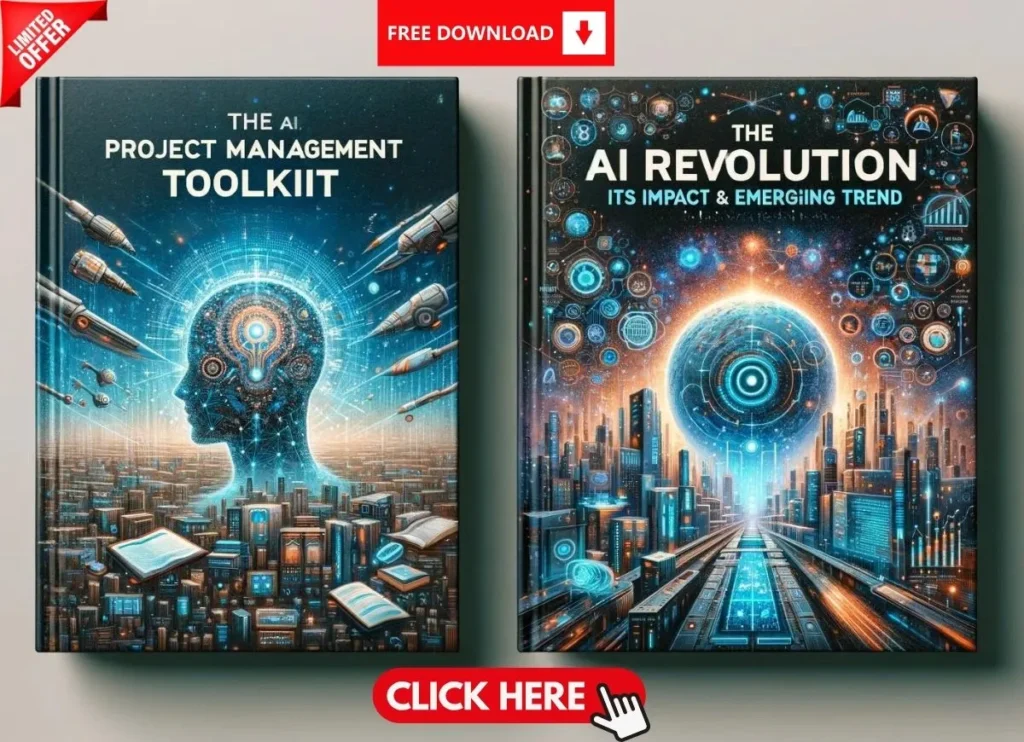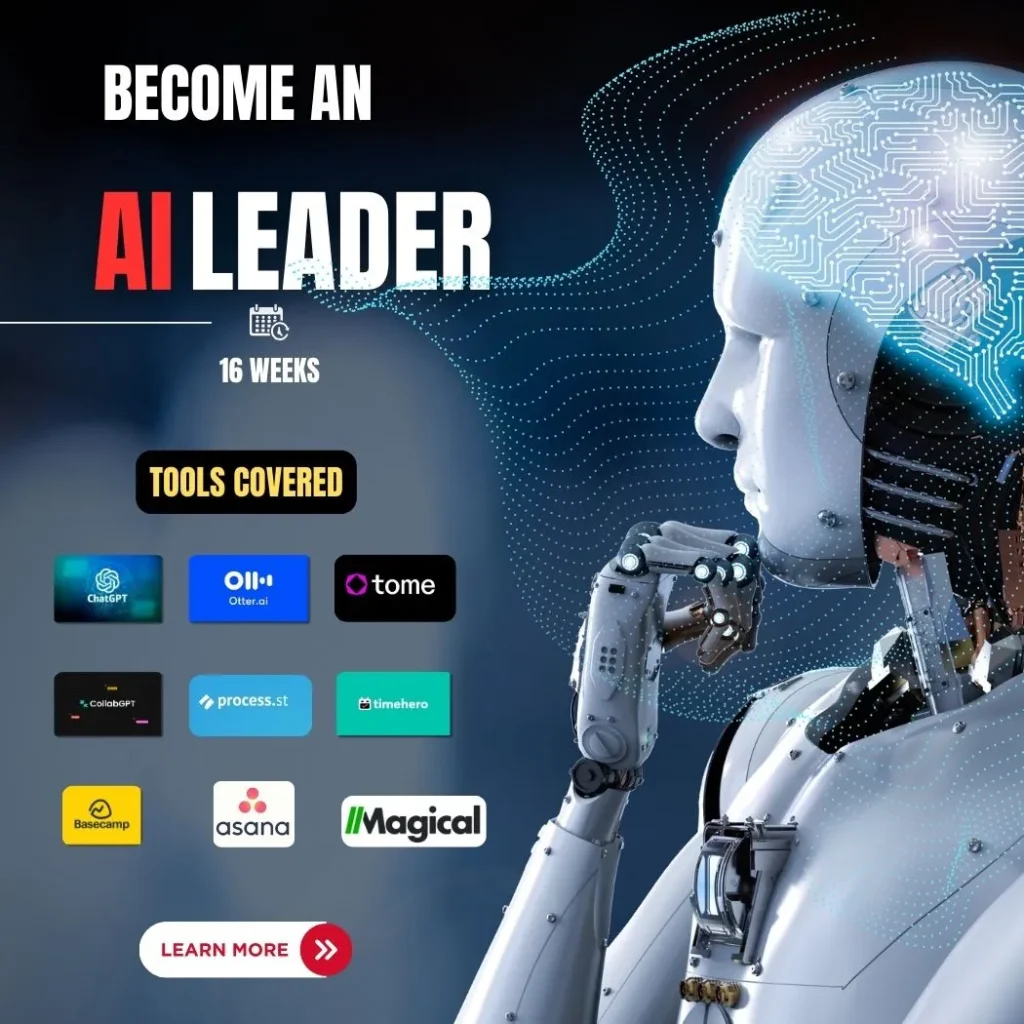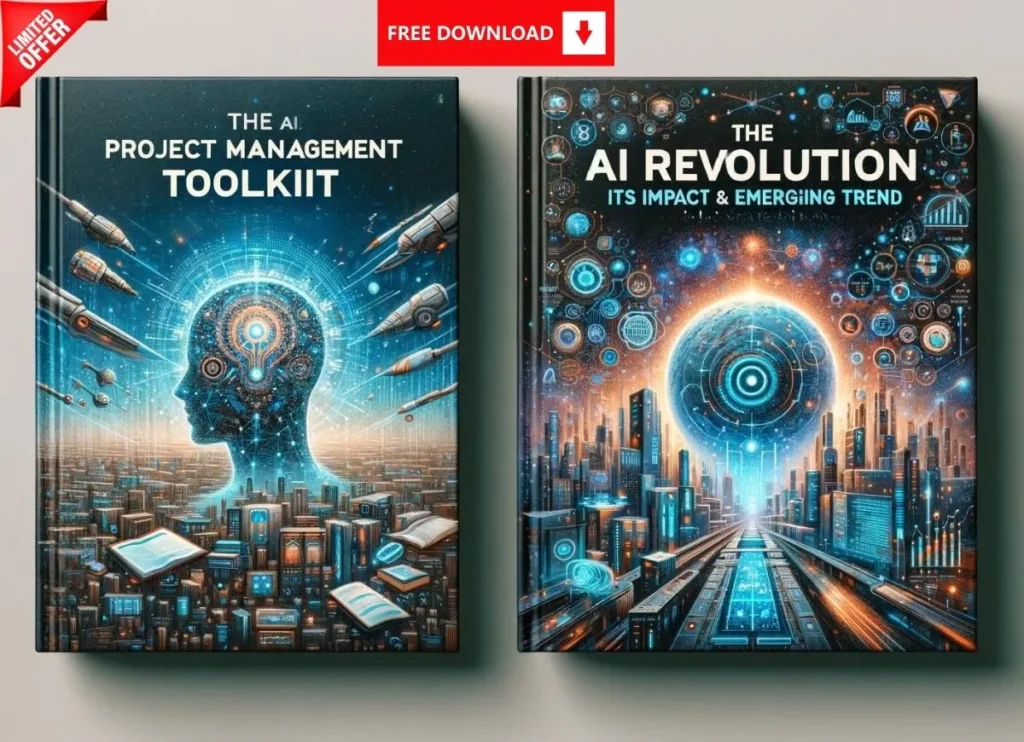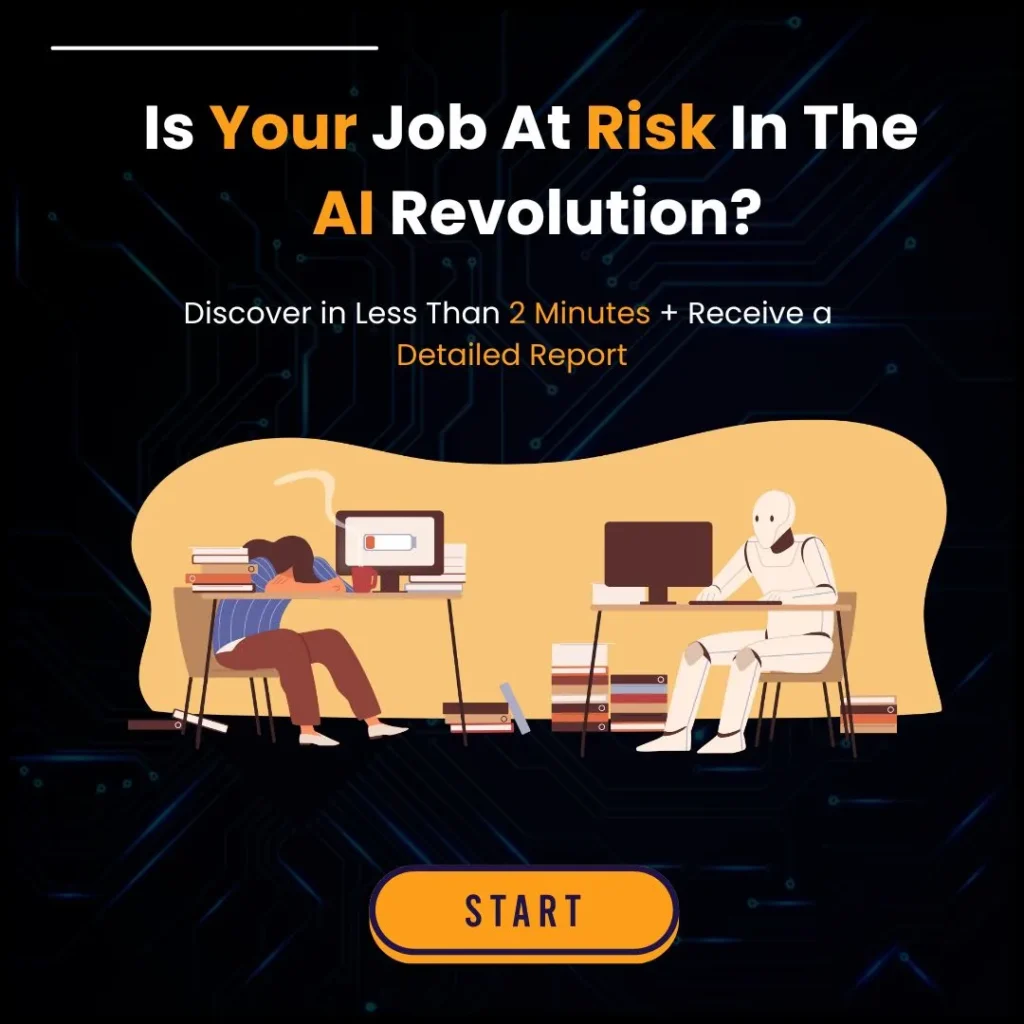1. Introduction
As artificial intelligence (AI) technologies continue to reshape industries, AI-Driven Projects have become key drivers of innovation and competitive advantage. However, challenges in AI implementation extend far beyond just technical hurdles. While some organizations rush to adopt AI solutions for marketing personalization, predictive analytics, or process automation, others proceed more cautiously, wary of AI ethics, data biases, or unsuccessful pilot projects.
In this blog, we will explore common challenges in AI-driven projects and solutions that can help leaders, project managers, and data professionals align business objectives with AI capabilities. Drawing on real-world insights, we’ll delve into data quality, stakeholder management, skill gaps, and more—equipping you with actionable ideas and strategies to ensure the successful adoption of AI technologies in projects. Our goal is to help you avoid pitfalls, reduce risk, and ultimately succeed where many others stumble.
2. Understanding the Core Challenges in AI-Driven Projects
Implementing AI technologies often disrupts the status quo, requiring new ways of thinking, managing resources, and measuring outcomes. Some of the main challenges in AI-driven projects include:
- Data Quality: Poor or incomplete data can severely limit model accuracy.
- Stakeholder Buy-In: Securing organizational support is crucial for sustained investment and resource allocation.
- Skill Gaps: AI requires specialized knowledge, and teams often lack the necessary expertise.
- AI Ethics and Governance: Responsible use of AI demands ethical data usage, fairness, and regulatory compliance.
- Implementation Risks: From scope creep to unrealistic timelines, many pitfalls can derail a project before it proves value.
By recognizing these issues, organizations can overcome challenges in AI implementation more readily. Let’s investigate each challenge in depth and present proven methods to overcome obstacles in AI project implementation.
3. Challenge #1: Ensuring High Data Quality
3.1 Why Data Quality Matters
AI models thrive on relevant, accurate, and extensive datasets. If your data is skewed, outdated, or riddled with inconsistencies, your AI model’s predictions and insights will be equally flawed. According to Gartner, poor data quality costs organizations an average of $12.9 million annually, reflecting lost opportunities and misguided decision-making.
3.2 Common Data Issues in AI Projects
- Incomplete Records: Missing fields or unrecorded transactions lead to biased models.
- Inconsistent Formats: Variation in naming conventions, measurement units, or file formats that hamper data integration efforts.
- Duplicate and Redundant Data: Repetitive entries inflate dataset size without adding meaningful information.
- Outdated Data: Old or irrelevant information skews predictive accuracy.
3.3 Addressing Data Quality Issues in AI Projects
- Data Audits and Profiling: Regularly evaluate your datasets for errors, duplicates, or inconsistencies. Tools like Talend or Trifacta can automate data-cleaning tasks.
- Establish Governance Frameworks: Define roles (e.g., data stewards) and policies for data entry, maintenance, and usage.
- Metadata Management: Keep track of data sources, transformations, and usage contexts to minimize confusion and maintain trust.
- Ongoing Data Enrichment: Update and expand datasets with external information (e.g., demographics, market insights) to enhance model performance.
- Automated Quality Checks: Implement scripts or system checks that flag suspicious data in real-time, prompting immediate fixes.
Key Insight: High-quality data is the bedrock of a successful AI-Driven Project. Invest in data governance early to avoid large-scale rework down the line.
4. Challenge #2: Securing Stakeholder Buy-In
4.1 The Importance of Organizational Support
AI projects are rarely one-and-done; they require continuous iteration, resource allocation, and strategic alignment. If top executives, line managers, or end-users are not on board, AI initiatives can stall from budget cuts, lack of collaboration, or inadequate infrastructure support.
4.2 Overcoming Organizational Resistance
- Demonstrate Quick Wins: Begin with a pilot project that has a short turnaround and clear ROI—e.g., automating a simple reporting task.
- Align AI Goals with Business Objectives: Show how AI can reduce operational costs, improve customer satisfaction, or open up new revenue streams.
- Educate and Evangelize: Offer workshops, seminars, or training sessions to help non-technical stakeholders understand AI’s potential and limitations.
- Involve Stakeholders Early: Seek input on pain points and success metrics, ensuring the AI solution directly addresses organizational needs.
4.3 Communicating Value and Feasibility
A communication plan for AI implementation might include internal newsletters, progress demos, or interactive dashboards that illustrate AI-generated insights in real time. Regular updates keep everyone informed and invested, reducing the fear of the unknown and potential pushback.
5. Challenge #3: Bridging Skill Gaps and Team Competencies
5.1 Recognizing the AI Skill Gap
A common question is, “What strategies help in overcoming common AI project obstacles related to talent?” AI involves interdisciplinary roles—data scientists, software engineers, domain experts, project managers, UX designers, and more. Many teams lack sufficient AI-focused expertise, making it difficult to convert theoretical ideas into practical implementations.
5.2 Building an AI-Capable Team
- Upskill Existing Talent: Provide internal training or sponsor online courses in machine learning, data analysis, and software engineering best practices.
- Hire Strategically: Recruit experienced data scientists, machine learning engineers, or AI strategists who can lead complex initiatives.
- Cross-Functional Collaboration: Encourage synergy between technical experts and business units. Domain knowledge is as valuable as technical skill in crafting AI solutions.
- Leverage Consultants or Contractors: If recruiting top talent is difficult, short-term engagements with specialized consultancies can bridge skill gaps.
5.3 Democratizing AI Knowledge
Increasingly, organizations adopt no-code or low-code AI platforms that allow non-technical users to build predictive models. This democratization can shorten development cycles and help team members grasp the fundamentals of AI Project Management without deep technical know-how.
6. Challenge #4: Managing Ethical and Governance Concerns
6.1 The Growing Emphasis on AI Ethics
As AI models become integral to decision-making—whether in healthcare, finance, or public policy—ethical considerations become paramount. Biased algorithms can perpetuate discrimination, and opaque “black box” models may leave stakeholders uncomfortable about accountability.
6.2 Key Ethical Dimensions in AI Projects
- Fairness and Bias: Models trained on non-representative datasets can yield skewed results.
- Transparency: End-users should understand how AI-driven decisions are made, especially when they affect personal opportunities or services.
- Accountability: Clearly define who is responsible for AI outcomes—project managers, data scientists, or the broader organization.
- Privacy and Security: Implement data protection measures to comply with GDPR, CCPA, or other regulations.
6.3 Strategies for Responsible AI Governance
- Establish Ethical Guidelines: Collaborate with legal teams and ethicists to define acceptable AI use cases and safeguard against discriminatory practices.
- Algorithmic Audits: Regularly examine AI models for biases in outputs, data sampling, or feature engineering.
- Explainable AI (XAI): Opt for interpretable models or supplementary tools (like LIME or SHAP) that clarify how specific inputs lead to particular outputs.
- Role-Based Access Controls: Limit who can alter AI models or datasets, thereby preventing unauthorized changes.
Key Insight: Ethical and governance concerns are not mere compliance obligations; they’re vital for maintaining public trust and ensuring Artificial Intelligence Adoption thrives in the long run.
7. Challenge #5: Mitigating Implementation Risks
7.1 Understanding the Risks in AI Projects
Why do many AI projects fail? Often, it’s because project teams underestimate complexities like data integration, model deployment, or the iterative nature of AI. Unrealistic timeframes, poorly defined objectives, or a lack of contingency planning can easily derail progress.
7.2 Common Implementation Pitfalls
- Scope Creep: Overambitious expansions in project scope without corresponding resources.
- Insufficient Testing: Deploying AI solutions without robust validation can result in costly errors or unintended outcomes.
- Technology Misalignment: Adopting tools that don’t integrate well with existing infrastructure, or that teams are unable to support.
- Change Resistance: End-users who are reluctant to embrace new AI-powered processes can hamper adoption and ROI.
7.3 How to Overcome Obstacles in AI Project Implementation
- Phased Rollouts: Introduce AI incrementally—start with a pilot, gather feedback, and refine the system before a full-scale launch.
- Robust Testing and Validation: Devote time to test various scenarios, data anomalies, and edge cases. Employ cross-validation to ensure reliability.
- Clear Project Milestones: Break large AI initiatives into smaller tasks with measurable goals. Frequent stakeholder reviews can confirm if progress aligns with expectations.
- Contingency Planning: Prepare a Plan B if a given model fails or user adoption lags behind. This may include alternative vendors or simplified approaches to mitigate disruptions.
8. Challenge #6: Sustaining Organizational Readiness and Adoption
8.1 Beyond the Pilot Phase
Sustaining AI solutions after a proof-of-concept or pilot is where many projects falter. A pilot might show promise, but scaling across departments or lines of business introduces new data, more users, and broader governance needs.
8.2 Key Factors for Successful Adoption
- Continuous Training: Offer ongoing education so that employees can adapt to evolving AI workflows and features.
- Structured Maintenance: Set up dedicated teams for model updates, performance monitoring, and bug fixes.
- Iterative Improvement: Use performance metrics (e.g., model accuracy, ROI) and user feedback to guide updates, ensuring the AI system remains relevant to business goals.
- Change Management: Align leadership support with a formal change management process. Publish success stories and hold interactive workshops to encourage acceptance.
8.3 Measuring Adoption
Track metrics like user engagement, number of processes automated, or the frequency of AI-driven insights in decision-making forums. Evaluating these indicators helps organizations gauge if the AI initiative is truly embedded in daily operations.
9. Strategies for Successful AI Project Management
AI Project Management differs from traditional project management in several ways:
- Iterative Processes
AI projects rarely follow a strict linear path. Iterative sprints, inspired by Agile methodologies, help accommodate changing data and model updates. - Cross-Functional Coordination
Team members from IT, legal, finance, and operations must work collaboratively, necessitating strong inter-departmental communication. - Focused Metrics
Beyond deadlines and budgets, teams must track data quality, model performance, bias detection, and user adoption rates.
Key Project Management Strategies
- Agile Adaptation: Sprint-based planning, frequent reviews, and continuous feedback loops.
- Risk-Benefit Analysis: Evaluate not just ROI but also potential reputational risks or legal implications.
- Early Alignment on Objectives: Before coding, ensure broad consensus on success criteria—whether it’s accuracy, time saved, or cost reduction.
10. Best Practices for Managing AI Project Challenges
- Adopt a User-Centric Approach
Involve end-users in pilot phases to gather feedback on AI functionality and ease of use. This shortens the feedback cycle and fosters early adoption. - Implement Governance Early
Set up clear data handling policies, ethics committees, and accountability frameworks before large-scale deployment. - Favor Transparency in Model Development
Document modeling decisions (e.g., hyperparameter choices, feature selection) so other team members or auditors can understand the system’s logic. - Iterate and Increment
Deploy smaller solutions rapidly, refine them, then expand. The “big bang” approach may be too risky in complex AI environments. - Balance Innovation with Regulation
Monitor relevant data privacy laws, industry-specific regulations, and emerging AI standards to ensure compliance.
11. Why Some AI Projects Fail—and How to Avoid It
11.1 Overestimating Capabilities
AI isn’t magic; it can’t solve poorly defined problems or run optimally without high-quality data. Organizations that fail to set realistic expectations often face disappointment.
11.2 Neglecting the Human Factor
AI tools can automate and optimize processes, but they can’t replace the domain expertise and collaborative instincts of human professionals. Ignoring user training or organizational culture leads to lukewarm acceptance and minimal ROI.
11.3 Underfunding Post-Deployment
AI models require ongoing maintenance, retraining, and monitoring. Companies that treat AI as a one-time expense—rather than an evolving investment—risk project stagnation and eventual failure.
How to Ensure Successful Adoption of AI Technologies in Projects
- Integrate AI priorities with broader organizational goals.
- Ensure that budgets include post-launch maintenance and iterative enhancements.
- Communicate transparently about risks, changes to existing workflows, and anticipated benefits.
12. A Course That Helps You Overcome AI-PM Pitfalls
Building successful, AI-Driven Projects demands more than software licenses and bright ideas—it calls for a nuanced understanding of stakeholder management, data governance, and iterative development best practices. If you are seeking a structured approach to Overcoming AI Challenges and delivering consistent results, we invite you to enroll in our specialized AI Project Management course.
Positioned as a solution to common AI-PM pitfalls, this course covers:
- Data Quality & Governance: Learn practical methods to clean, organize, and govern your project data.
- Stakeholder Alignment & Ethics: Master stakeholder buy-in and navigate complex ethical frameworks.
- Skill Development & Team Building: Acquire strategies to upskill your workforce and foster cross-functional collaboration.
- Risk Mitigation & ROI: Implement proven techniques for project scope management, risk assessment, and maximizing returns.
- Long-Term Adoption: Discover how to continually refine your AI initiatives for sustained competitive advantage.
Ready to accelerate your Artificial Intelligence Adoption and transform challenges into stepping stones for innovation? Click here to explore our course offerings and start your journey to AI success!
14. Conclusion
AI-Driven Projects hold immense potential to revolutionize business processes, customer experiences, and operational efficiency. Yet, success hinges on effectively overcoming AI challenges across multiple fronts: data quality, stakeholder alignment, skill development, ethical guidelines, and robust risk management. By recognizing potential pitfalls and proactively deploying best practices—such as iterative development, thorough testing, and transparent communication—organizations can reap significant returns on their AI investments.
Whether you’re in the early stages of Artificial Intelligence Adoption or fine-tuning a mature AI program, addressing these common hurdles ensures that you stay on a path toward sustainable innovation. Remember, the journey doesn’t end with a single implementation; it involves continuous learning, adaptation, and collaboration across all organizational levels.
Ready to push forward? Prioritize the right strategies, educate your teams, and keep iterating. And if you want a proven roadmap to deliver real-world AI solutions, don’t forget to check out our AI Project Management course—designed to help you overcome stumbling blocks and steer your organization toward AI-driven success.









